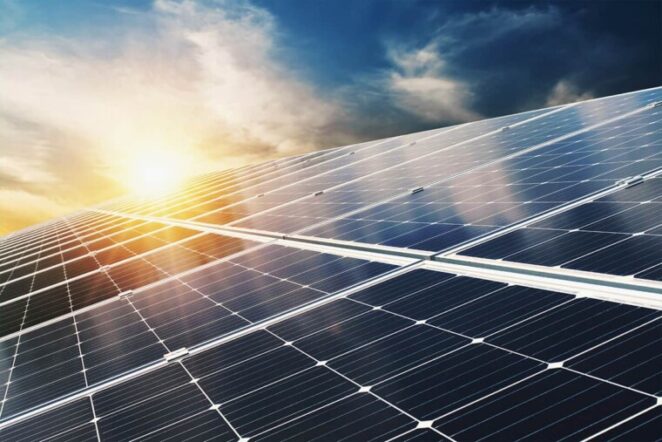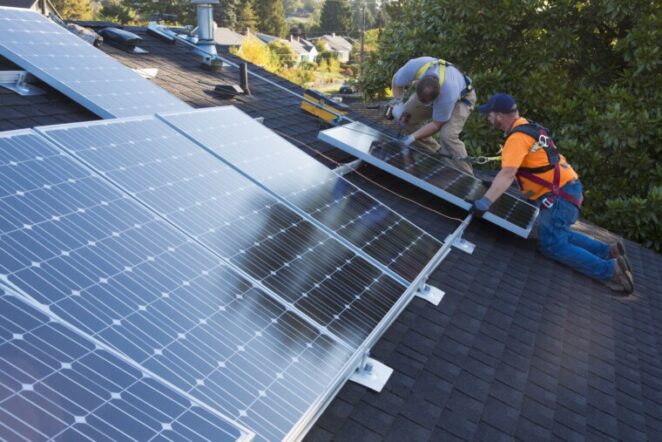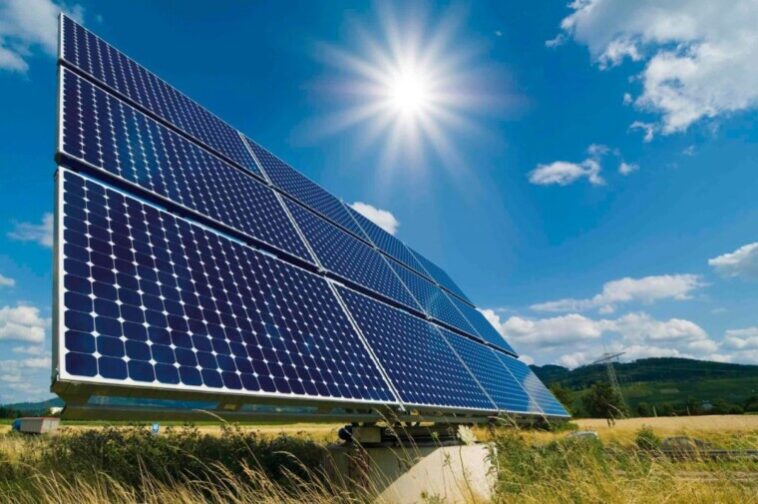If you’ve been considering a solar power system for your home, you might wonder if solar panels are worth their cost and if there are any significant disadvantages to investing in residential solar. While it’s vital that every property owner make their own decision about solar panels based on their utility consumption and budget, it’s helpful to review some details about residential solar overall on www.gosolarmass.org. This can help you decide if solar power systems are the right option for your property.
How Do Solar Power Systems Work?
It uses specialty cells that capture sunlight. Energy in sunlight creates an electrical charge that moves along wiring in those cells. Inverters then change that energy into the type of electricity used by household appliances and electrical systems.
Older solar power systems and those designed to disconnect a home from the local grid are attached to batteries; these batteries store that power created, just like standard household batteries. Your home would then be connected to those batteries, using their stored power as needed. Sunlight would recharge those batteries continuously, providing consistent power.
Today’s it’s don’t typically contain batteries, however, as they are large and cumbersome, and can be dangerous when stored on a residential property. Instead, residential solar power systems today typically use what is called net metering. With net metering, your solar power system is connected to the wiring that brings power to your home from your local power plant.
Electricity produced by your solar panels is sent back along that wiring to the power plant, and your home’s power meter records this “negative” energy use. In turn, you are always using power supplied by your local power plant but get credit on your monthly bill for the power produced by your solar panels.
Are Solar Power Systems Worth It for Homeowners?

It can save you several thousand dollars on the cost of your energy usage over time. They also mean a more eco-friendly choice for electrical power; while electricity itself produces no fumes or emissions, power plants often create lots of pollution while generating electricity for local consumption!
According to the American Lung Association, electric utilities remain the largest source of carbon dioxide in the United States. (https://www.lung.org/clean-air/outdoors/what-makes-air-unhealthy/electric-utilities) While solar panels might not provide all the power you need at home, they can greatly reduce your reliance on local power plant and, in turn, reduce your overall “carbon footprint.”
Getting solar panels on your home can also encourage your neighbors to do the same! The more homeowners that invest in solar power systems, the less pollution created for everyday power needs, which reduces pollution levels overall.
Note, too, that installing solar power panel racks and systems is also very labor intensive, and this job requires local contractors to accomplish. Investing in solar panel systems for your home then means creating local jobs that support your neighbors and helps to stimulate your local economy.
How Long Do Solar Panels Last?
Solar panels do not necessarily wear out or otherwise break, as they’re designed to withstand heavy rain, snowfall, high winds, and other harsh weather conditions. It also doesn’t have moving parts that suffer friction and other wear and tear.
However, the wiring and cells inside of solar panels do degrade over the years. In turn, solar panels lose about 1% of their effectiveness every year. In other words, after 30 years your solar panels will probably only be about 70% effective at capturing and converting sunlight. For every $100 that those solar panels saved you when first installed, they would then save you about $70.
While your solar power systems should continue to function after so many years, this loss of effectiveness is why many homeowners decide to upgrade to new panels after 20, 25, or 30 years. Your purchase and installation price is then recouped in terms of upgraded cost savings; your older panels can then be donated to a charity or municipal building that would not invest in solar for themselves, or recycled into new panels.
Do Solar Panels Damage a Roof?

It’s installed onto a racking system; this system resembles a bed frame, with metal posts that attach to the roof and cross pieces that attach to the panels. Fasteners used for the racking system are securely attached to the roof but then sealed properly, so that you shouldn’t experience roof cracks, water leaks, and other damage after solar panel installation.
One consideration homeowners might keep in mind is that the racking system does need removal when your home’s roof requires repair or replacing, as roofers cannot simply work around that system. Ensure your home’s roof is in good condition and won’t need repairs for some years before investing in solar, so you keep reinstallation costs to a minimum.
What If a Home’s Roof Won’t Support a Solar Power System?
If your home’s roof isn’t in good condition, has lots of peaks and gables, or is obscured by tree branches, you might consider ground-mounted panels. These panels also include a racking system that can locate the panels a few inches to a few feet off the ground, depending on your preferences. Keeping the panels a few inches off the ground makes them less noticeable while installing the racking system several feet off the ground can allow them to capture more sunlight.
If you decide on ground-mounted solar panels, consider adding gravel or another covering over the grass, to avoid weeds growing between the panels. You’ll also need to brush off the panel fronts regularly, to remove grass clippings, dust, and the like.
Your solar power system installer might also have added suggestions for enjoying clean solar power even if your home’s roof doesn’t offer much unobstructed space. Trimming back tree branches, for instance, can mean more sunlight exposure for your panels. Your home’s roof might also accommodate lots of smaller panels that can be installed around peaks and gables, so you can enjoy solar power no matter your home’s overall architectural lines.




